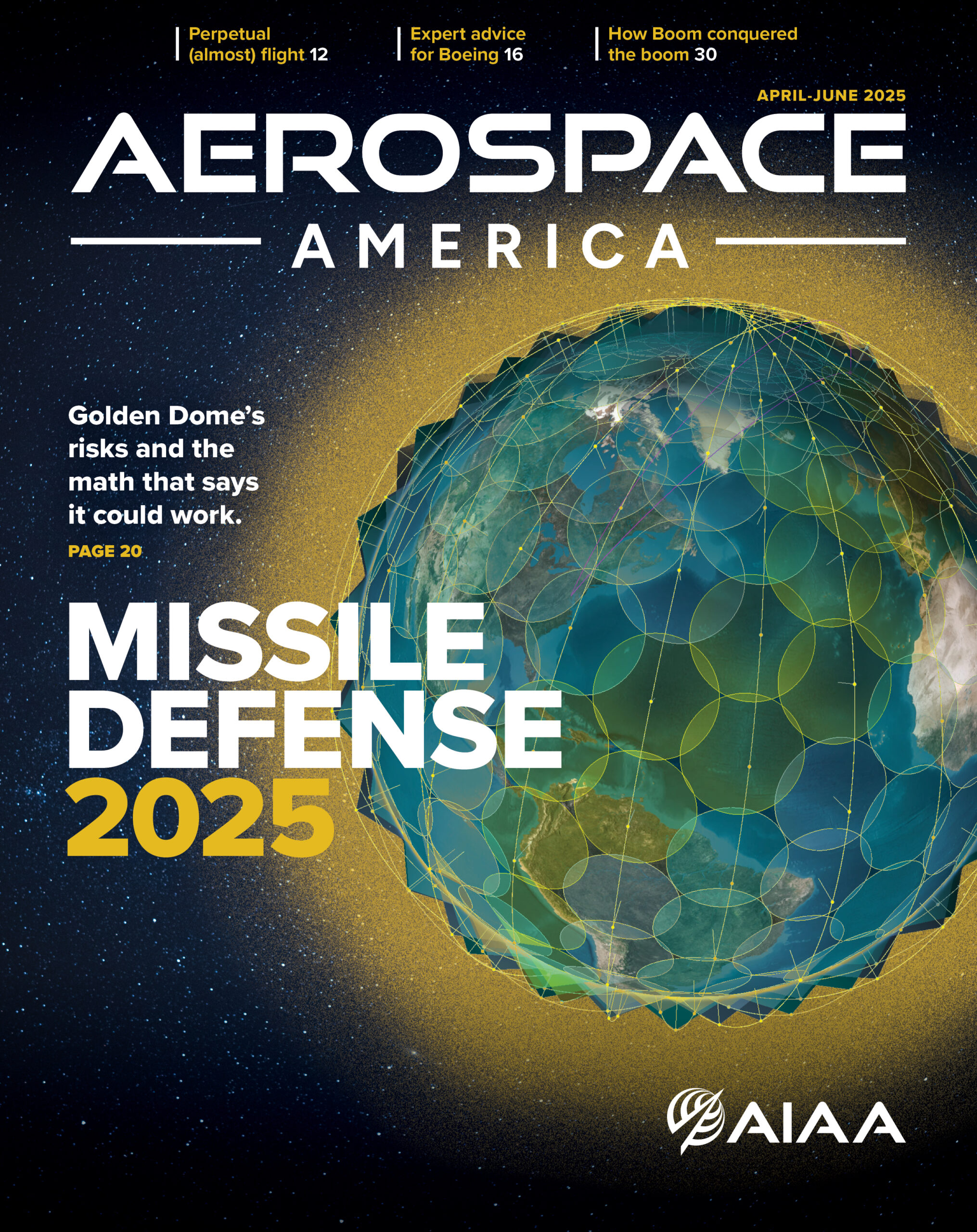Stay Up to Date
Submit your email address to receive the latest industry and Aerospace America news.
The Aerospace Cybersecurity Working Group provides awareness, education and standards development to help protect aerospace’s digital infrastructure.
For the aviation sector, the safety threats from global navigation satellite system spoofing and jamming continued to grow. To address this, the European Union Aviation Safety Agency and International Air Transport Association met in January to improve data sharing, develop resilient technologies and raise awareness among pilots and air traffic controllers. With some 1,350 flights daily disrupted by spoofing and other critical aircraft systems affected, a 450-member global task force was formed and published a report in September.
Ransomware and distributed denial-of-service attacks continued to disrupt air travel. In August, a cyberattack on Seattle-Tacoma International Airport disrupted internet, phone, email and other essential services. In June, the International Civil Aviation Organization outlined priorities for member states to address cyberattacks in its Global Aviation Security Plan. The U.S. Department of Homeland Security’s Cybersecurity and Infrastructure Security Agency, CISA, proposed new regulations under the Cyber Incident Reporting for Critical Infrastructure Act, creating requirements for reporting aviation cyber incidents and ransom payments.
Although not a cyberattack, the faulty software update from CrowdStrike that caused a global IT outage in July demonstrated the implications of cyber issues. Major airlines worldwide were grounded for days, and thousands of flights were canceled. In February, the FlyCASS web service faced a ransomware attack. An elemental security flaw with this service, which manages the Known Crew Member program and Cockpit Access Security System, was reported to the Department of Homeland Security in April.
Amid increasing attention on space cybersecurity, NASA in January released its first Space Security Best Practices Guide, and the White House announced plans for minimum cybersecurity standards for space systems. In May, a NASA Government Accountability Office report urged the agency to update its spacecraft acquisition policies to include cybersecurity protections.
The Japan Aerospace Exploration Agency reported ongoing cyberattacks, though none involved sensitive data. The Space Information Sharing and Analysis Center highlighted over 100 weekly attacks on the commercial space sector, pointing to a lack of coordination and resources. In April, the Aerospace Corp. published a Space Segment Cybersecurity Profile for threat-focused risk assessments, based on the NIST 800-53B standard.
Drone security remained a concern. In January, the FBI and CISA raised alarms about purchasing Chinese-manufactured drones, due to the potential for the Chinese government to access their information. As of March, FAA’s Remote ID mandate requires drones over 0.55 pounds to broadcast identification and location data, though concerns about Remote ID security and privacy persist.
In May, President Joe Biden signed the FAA Reauthorization Act of 2024, which grants FAA authority to create regulations for civil aircraft cybersecurity, establishes a cyber threat management process for the national airspace system, mandates regular avionics screenings and sets up a committee for cybersecurity standards. FAA is also tasked with investigating network-based Remote ID for drones. The act also requires appointing a cybersecurity lead and a GAO review of aircraft cybersecurity. In August, FAA proposed new cybersecurity rules for airworthiness certification of transport category civil aircraft.
Events hosted by the DHS-Department of Defense-FAA Aviation Cyber Initiative’s Cyber Rodeo continued to enhance the aviation community’s collaboration and resilience. In April, Embry-Riddle Aeronautical University, in partnership with NASA and the National Science Foundation, hosted a workshop at its Prescott campus on advancing technology, research and education in aviation cybersecurity. The Aerospace Village and Aviation ISAC also hosted events and discussions, including at DEF CON 32 in August. Also, a Cal Poly report, funded by the National Science Foundation and published in June, emphasized space as a critical cybersecurity frontier.
Contributor: Arun Viswanathan
Stay Up to Date
Submit your email address to receive the latest industry and Aerospace America news.




